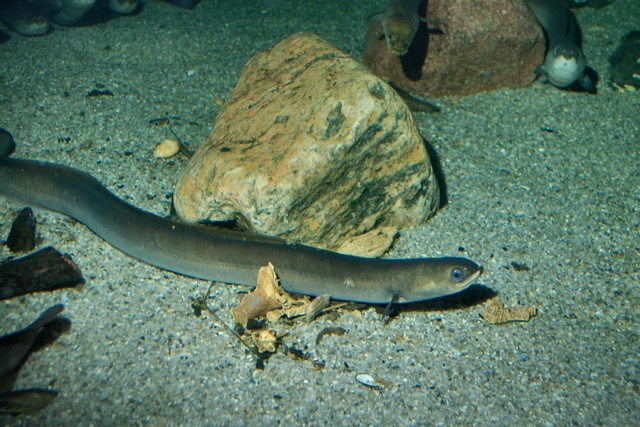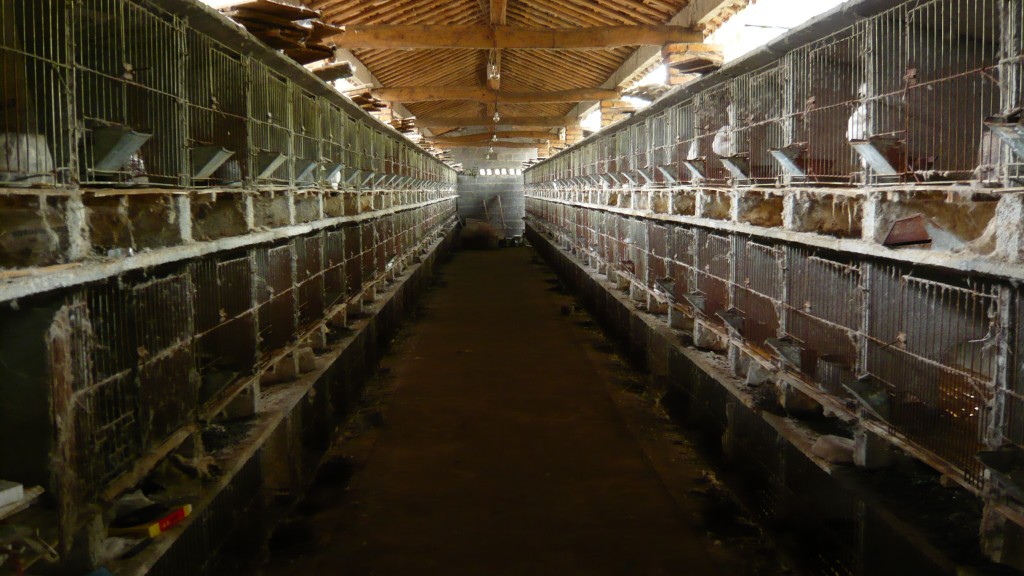Is it a snake? Is it a fish? Or is it a snake-look-alike fish?
Well, it’s an eel – A delicacy, perfect for your Easter dinner OR…
The European eel was once a common fish, but over the last decades the population has declined with approximately 98 percent!
You can do something: Stop eating eels!
…and let these poor fellows do their thing -Reproduce in the Sargasso Sea in the North Atlantic, and swim more than 6.000 kilometers to the freshwaters of Europe.









